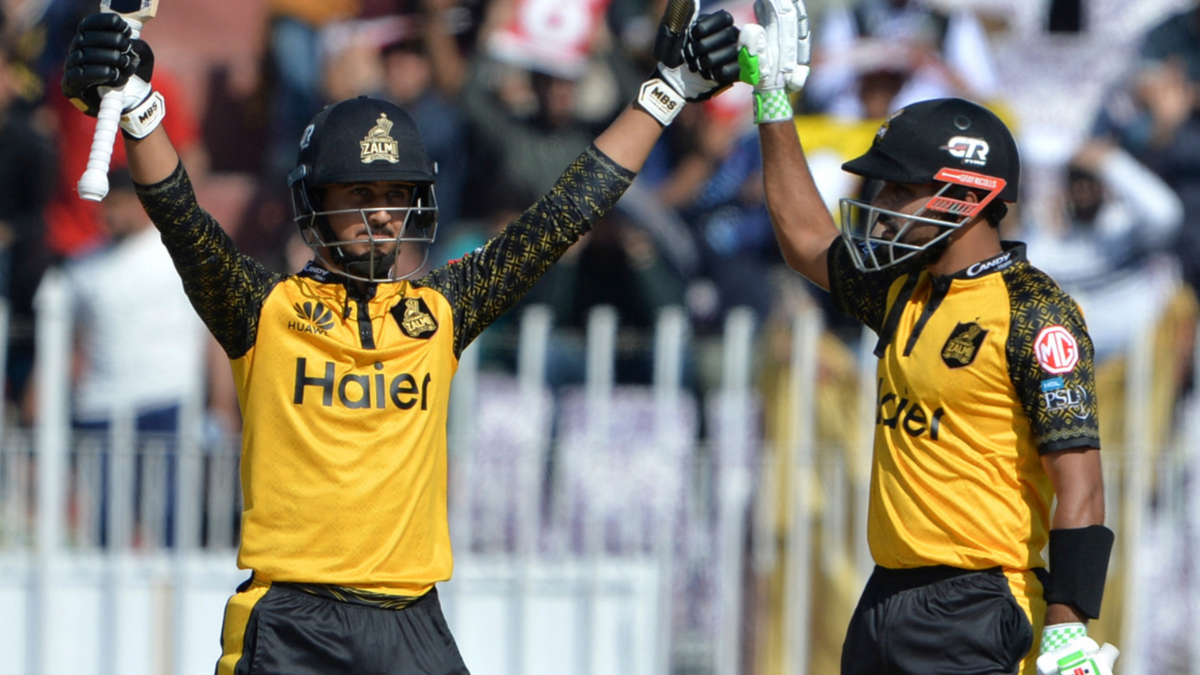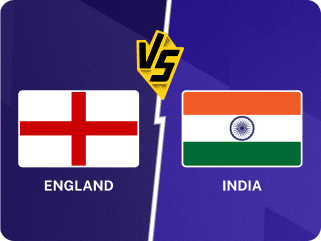
Saim Ayub has been the leading young batting sensation to emerge from this year’s PSL tournament. What could his future look like in Pakistan’s international set-up?
In Wednesday’s (March 8) record-breaking match between Peshawar Zalmi and Quetta Gladiators, Saim Ayub’s 74 off 34 balls was arguably a better innings than Babar Azam’s maiden PSL hundred. On an excellent batting surface which produced one of the highest-scoring T20 matches in history, Ayub’s reaction to the conditions was superb. He paced his innings evenly, clattering his first ball for four before whacking five sixes. He shared a 162-run opening stand with the Pakistan captain, the second-highest in PSL history.
Unselfishly, he kept attacking after he passed fifty. He’s conducted all his innings in this year’s PSL with a similar mindset.
Of those who have already scored 250 or more runs in the tournament, only Imad Wasim, Fakhar Zaman and Colin Munro have higher strike rates than Ayub (168.46).
His purple patch in form combined with this approach has gone a long way to generate the buzz which now surrounds him whenever he walks out to bat.
Having made his PSL debut in 2021, his first innings was a far cry from his latest exploits. Batting at four for Quetta Gladiators, he scored eight of 14 balls before he was dismissed by Waqas Maqsood. Despite this stuttering start, he still attracted the praise of Chris Gayle – his then Gladiators teammate. “I saw him [Saim] bat last night,” said the West Indies superstar. “He looked like one for the future.”
In seven matches in 2021, Ayub scored 114 runs and struck at 108.57. It was a disappointing season for the Gladiators, who finished bottom of the league. Ayub didn’t feature in the following season of the franchise tournament.
But, he did find success in Pakistan’s domestic T20 competition, which gave him the platform to launch his PSL blitz. In his second match of the season, playing for Sindh, he thrashed 92 off 52 balls. He only passed fifty once more in the season, but finished second on the leading run-scorer list, with a strike rate above all but Sohail Tanvir in the top ten run-makers. He also hit more sixes than anyone in the tournament.
Central to his success has been the power and confidence with which he plays his shots. The scoop-flick thing he brought out against Aimal Khan was typical of the inventiveness he’s shown himself capable of in this short run. But aside from being cooed over by pundits, it’s that kind of shot-making that has allowed him to rise above the others so far. Rather than having to shut up shop against some of the best bowlers in the world, he can manipulate a boundary seemingly at will – a mark of what separates the best in T20s from the rest.
While he’s young at 20 years old, and only has the last 12 months as evidence of his success, a clear sign of how highly he is rated in Pakistan’s international setup is his invitation to train with their Test squad for the second match against New Zealand earlier this year. He had only made his first-class debut a couple of months earlier.
A more likely path to international cricket for Ayub at present is into Pakistan’s T20 set-up. Babar and Mohammad Rizwan have been the most consistent international opening partnership in the world over the last few years, but Ayub offers something different. As is relentlessly debated, neither Rizwan nor Babar offers the kind of immediate blitz that characterises the approach of other sides in T20I cricket. In the last two years, they sit 13th and 12th respectively on the list of highest strike rates for Full Member opening batters in T20Is (min. 500 runs), despite occupying the highest two run-scoring positions.
Babar and Rizwan are two of the best T20 batters in the world but, by batting alongside him for Peshawar Zalmi, Ayub has drawn more attention to his strike rate. The comparison was particularly evident in Wednesday’s match as Babar slowed down before reaching his hundred and, arguably cost them an extra runs that could have been the difference in the chase. For Pakistan, Babar has had to preserve his wicket to some extent, considering the weaknesses in the middle order.
While it remains to be seen how long it will last, Ayub’s approach is a refreshing reminder of the destructiveness an opener of his mould could bring to Pakistan’s T20I side.







